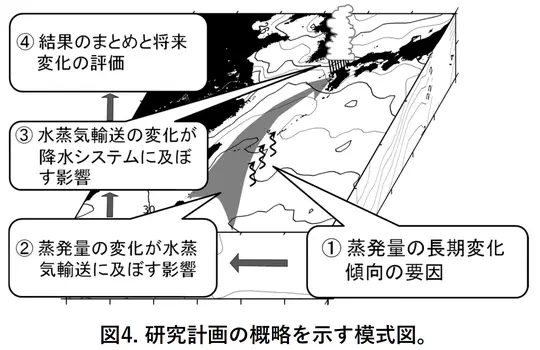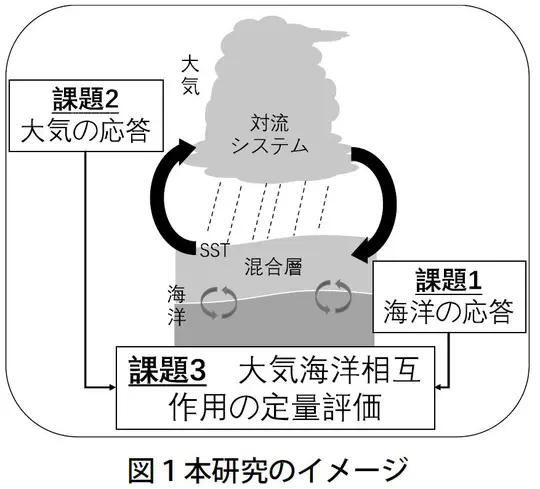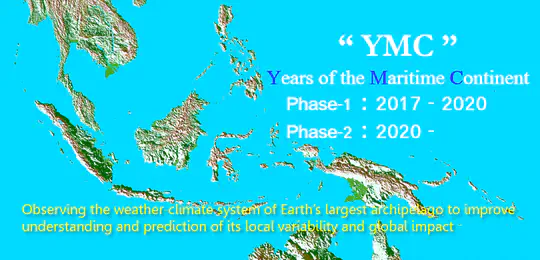Ning Zhao 赵 宁
Researcher (tenured)
MCM, CCOAR, RIGC, Japan Agency for Marine-Earth Science and Technology
About me
I’m working at MCM, CCOAR, RIGC in JAMSTEC as a researcher. I’m interested in the short-term air-sea interactions, including the processes between extra-tropical cyclones and marginal seas, interactions between the upper ocean and the diurnal cycle within the Maritime Continent, and the life cycle of atmospheric rivers (AR). Recently, I’m also involved in studies on extreme events, such as heavy rainfalls and marine heatwaves.
Current Academic Job:
Member of the MSJ 43rd Editorial Board of SOLA
- Air-Sea Interactions
- Extratropical Cyclones and Marginal Seas
- Moisture transport
- Extreme Events
-
Ph.D., Sep, 2017
Kyushu University 九州大学
-
M.Sc., Jun, 2013
Shanghai Ocean University 上海海洋大学
-
B.Eng., Jun, 2010
Shanghai Ocean University 上海海洋大学
Recent News
Experience
Director: Dr. Kunio Yoneyama
Research Theme includes:
- Air-sea interactions in Tropical regions
- Diurnal Cycle
- Madden-Julian Oscillation
- Extreme events
Lab Head: Prof. Naoki Hirose
Research Theme:
- The atmospheric responses to a diurnally-varying SST
Lab Head: Prof. Atsuhiko Isobe
Research Theme:
- Sub-weekly scale interactions between extratropical cyclones and the Sea of Japan based on numerical experiments
Lab Head: Prof. Atsuyoshi Manda (now at Mie University)
Research Theme:
- Seasonal variation of the Subpoloar Front in the Sea of Japan and its mechanisms
Lab Head: Prof. Zhen Han
Research Theme includes:
- Reconstruction of three-dimensional sea water temperature structures in the Northwestern Pacific using Argo and satellite-based datasets
- Bio-energy flow of the ecosystems in the East China Sea based on the ’Ecopath’ Model
Featured Publications
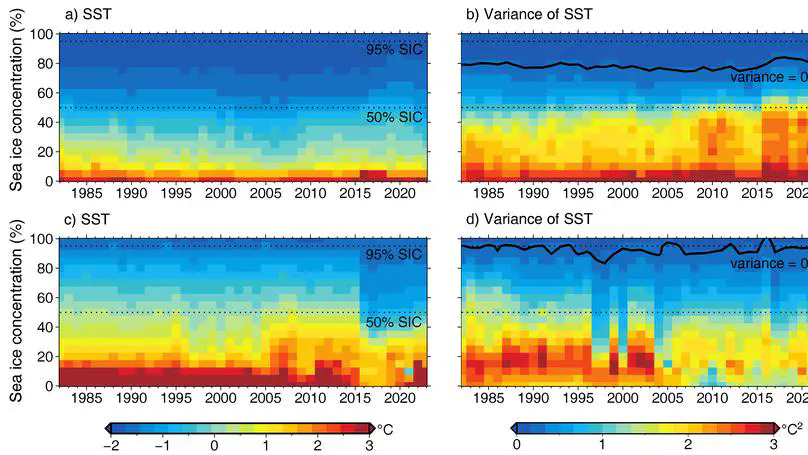
Satellite observations provide valuable information on the rapidly increasing marine heatwaves over the Arctic Ocean, yet current assessments of these events lack reliability because the satellite-based temperature in ice-covered regions heavily relies on ice conditions. Here we compared the marine heatwaves derived from two commonly used satellite products to evaluate the potential influences of sea ice in the pan-Arctic. We found inconsistent behaviors of marine heatwaves in both mean fields and temporal variations on interannual and seasonal timescales using two datasets, which became even larger in recent years when they showed opposite tendencies over regions with higher ice concentrations (>50%). Our findings revealed our knowledge of marine heatwaves in the Arctic is facing challenges due to the large influences of sea ice and datasets that were ignored in previous studies, highlighting an urgent need for in situ observations and consistent and reliable long-time datasets for the warming Arctic.
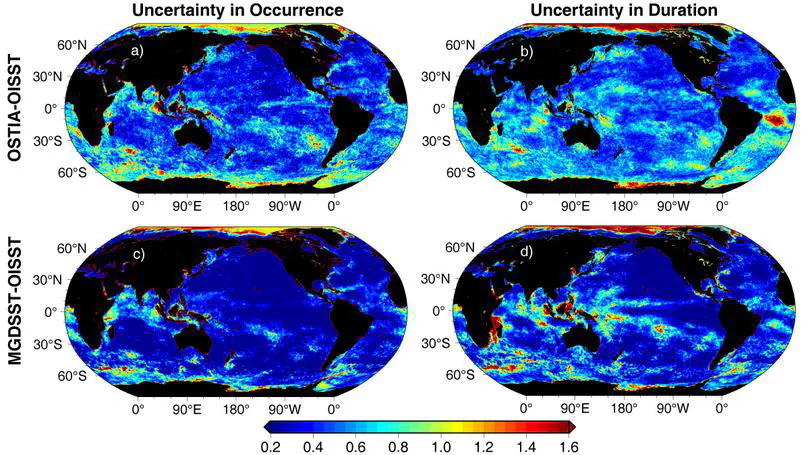
Prolonged extremely warm ocean temperatures have great impacts on both natural ecosystems and human communities. These phenomena (i.e., marine heatwaves) could be easily monitored globally by satellite-based sea surface temperatures; however, the choice of datasets may lead to potential uncertainties in the marine heatwave assessment. Here we compared the marine heatwaves using three commonly used satellite products to illustrate the uncertainties over Asia and the Indo-Pacific. Distinct differences were found in the occurrence, duration, and long-term trend of marine heatwaves over both coastal and open oceans, while some discrepancies could become comparable with the obtained metrics themselves. Although differences in mean sea surface temperatures or their variances among datasets could not explain the abovementioned discrepancies, different sensors, procedures, and sea ice treatments in each dataset may contribute partially. Overall, our study suggests that the use of multiple datasets is crucial for evaluations of extreme events.
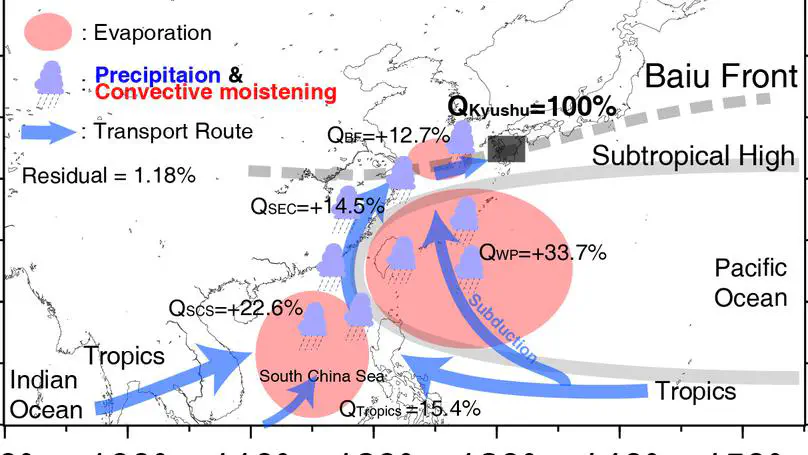
The transport and accumulation of moisture played an essential role in the extremely heavy rainfall of July 2020 in Japan. To better understand this event in terms of moisture sources and transport routes, backward particle trajectory analysis was conducted. We found two major moisture sources: transport from the tropics and uptake from the subtropics. A narrow moisture channel was found along the edge of the western Pacific Subtropical High (WPSH), transporting the moisture to the Baiu front. However, most moisture from the tropics was lost due to precipitation, and their contributions were reduced to about 15%. In contrast, the subtropical regions contributed over 80% moisture via evaporation and lower tropospheric convection. Among those regions, the western Pacific contributed the most (> 33 %). This study highlights the role of WPSH in moisture transport and demonstrated the importance of moisture uptake during transport.
Publications
Awards
Projects
Skills
Major Programming Languages
WRF, COAWST
Native/Second/Third
Habits
Contact
- zhaoning@jamstec.go.jp
- +81 46 867 9260
- 2-15 Natsushima-cho, Yokosuka, Kanagawa 237-0061
- Mon~Fri 9:00 to 17:00
